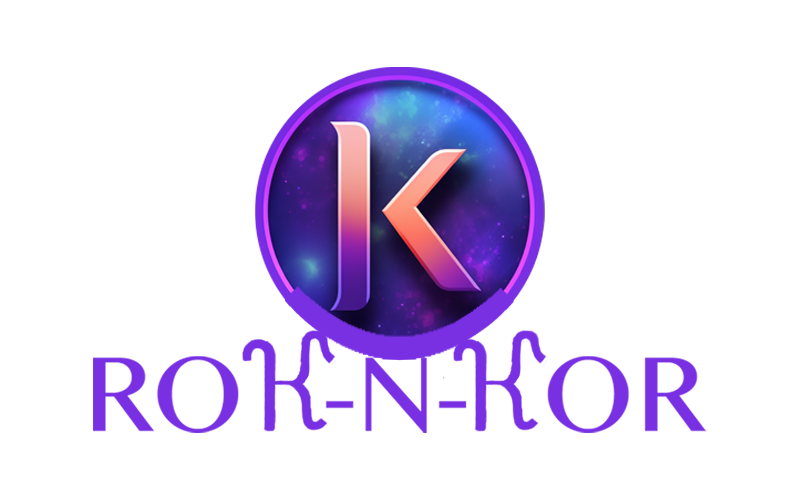In an era of rapid technological advancement, electronics have emerged as a driving force that has fundamentally changed the landscape of education. The integration of electronic devices, digital platforms, and online resources has ushered in a new era of learning that is dynamic, accessible, and personalized. This article delves into the transformative role of electronics in reshaping education from traditional classrooms to virtual learning environments.
Enhanced Accessibility and Flexibility
Electronics have shattered the barriers of geographical limitations, enabling students to access educational content and resources from virtually anywhere in the world. Online learning platforms, webinars, and video lectures have democratized education, allowing individuals to engage in learning at their own pace and on their own terms. This newfound flexibility accommodates diverse learning styles and preferences, making education more inclusive and tailored to individual needs.
Interactive Learning Experiences
Gone are the days of passive learning with chalkboards and textbooks. Electronics have introduced interactive and immersive learning experiences that captivate and engage students on a deeper level. Multimedia presentations, virtual simulations, and educational apps provide opportunities for hands-on exploration and experimentation. Concepts that were once abstract can now be visualized and comprehended through dynamic animations and simulations, enhancing conceptual understanding.
Personalized Learning Journeys
Electronics have paved the way for personalized learning journeys, where adaptive algorithms and data analytics track a student’s progress and adjust the curriculum accordingly. This tailored approach ensures that each student receives the appropriate level of challenge, preventing boredom or frustration. Furthermore, educators can identify areas of difficulty and intervene with targeted support, fostering a more effective and efficient learning process.
Global Collaboration and Connectivity
With electronics, collaboration extends beyond the classroom walls. Students can connect with peers and educators from around the world, engaging in cross-cultural exchanges and collaborative projects. Video conferencing, online discussion forums, and collaborative document editing platforms facilitate the exchange of ideas and the development of crucial communication skills required in the digital age.
Empowering Educators
Electronics have not only transformed the student experience but have also empowered educators with innovative tools. Online teaching resources, interactive lesson plans, and digital assessment tools streamline the teaching process, freeing up valuable time for personalized instruction and mentorship. Moreover, professional development opportunities are readily accessible online, allowing educators to continuously update their skills and stay abreast of the latest pedagogical approaches.
Challenges and Considerations
While the benefits of integrating electronics into education are undeniable, challenges do exist. The digital divide, where not all students possess equal access to electronic devices and reliable internet connectivity, remains a significant concern. Ensuring equitable access to electronic learning resources is essential to prevent educational disparities. Additionally, the potential for distractions and information overload in the digital realm calls for strategies to promote focused learning and digital literacy.
Conclusion
Electronics have undeniably reshaped the landscape of education, revolutionizing traditional learning models and opening doors to new possibilities. The enhanced accessibility, interactive learning experiences, personalized journeys, global collaboration, and empowerment of educators are all hallmarks of this transformation. As technology continues to evolve, the educational sector must strike a balance between harnessing the benefits of electronics and addressing the challenges, all while prioritizing inclusivity and the holistic development of students in this digital age.
